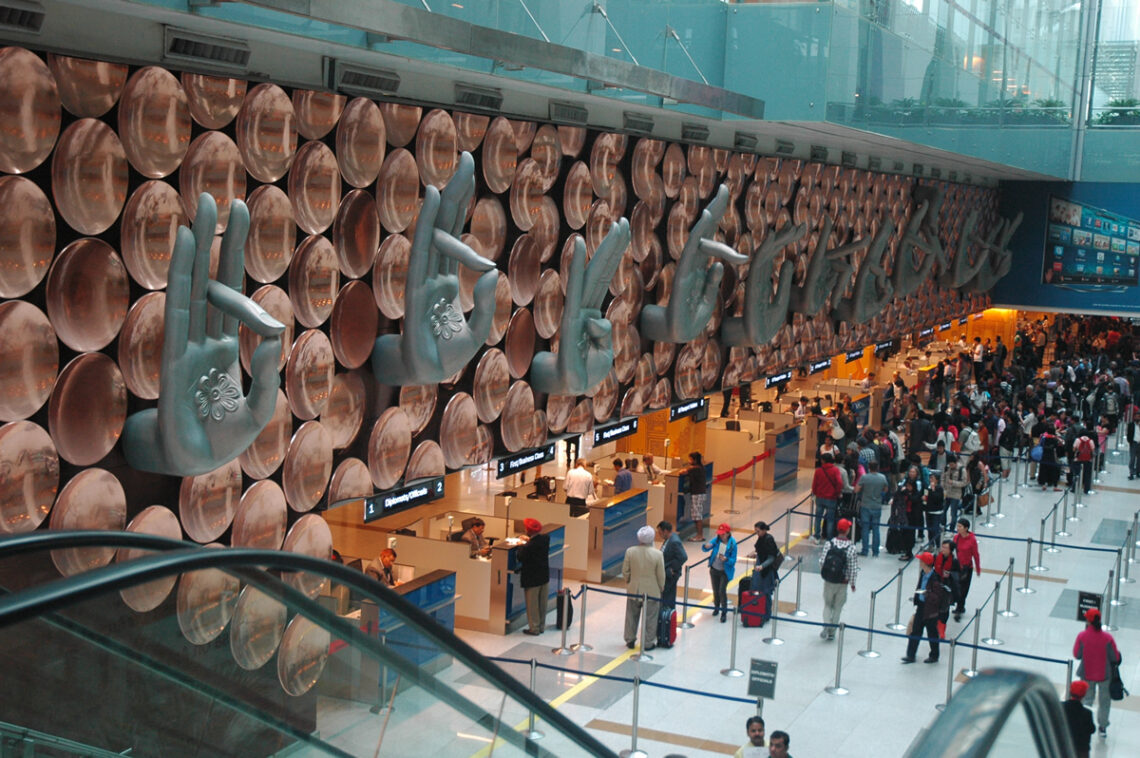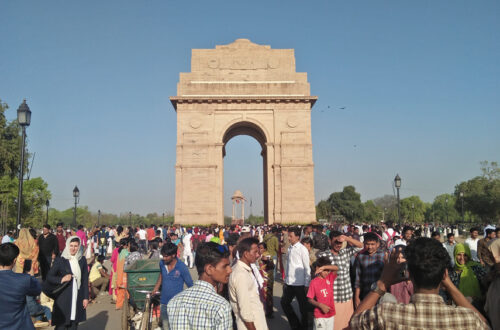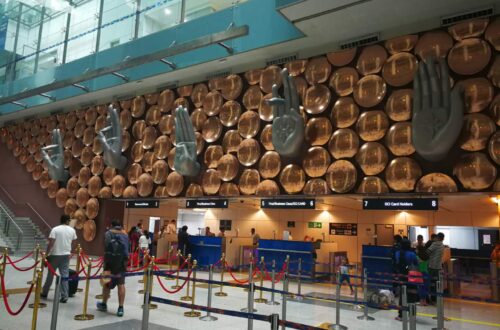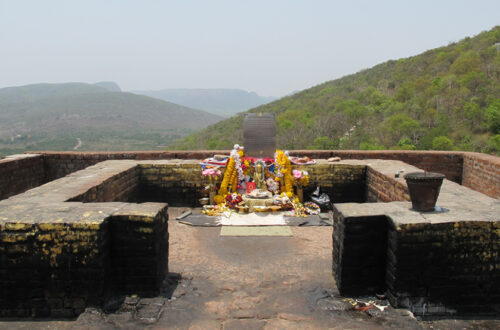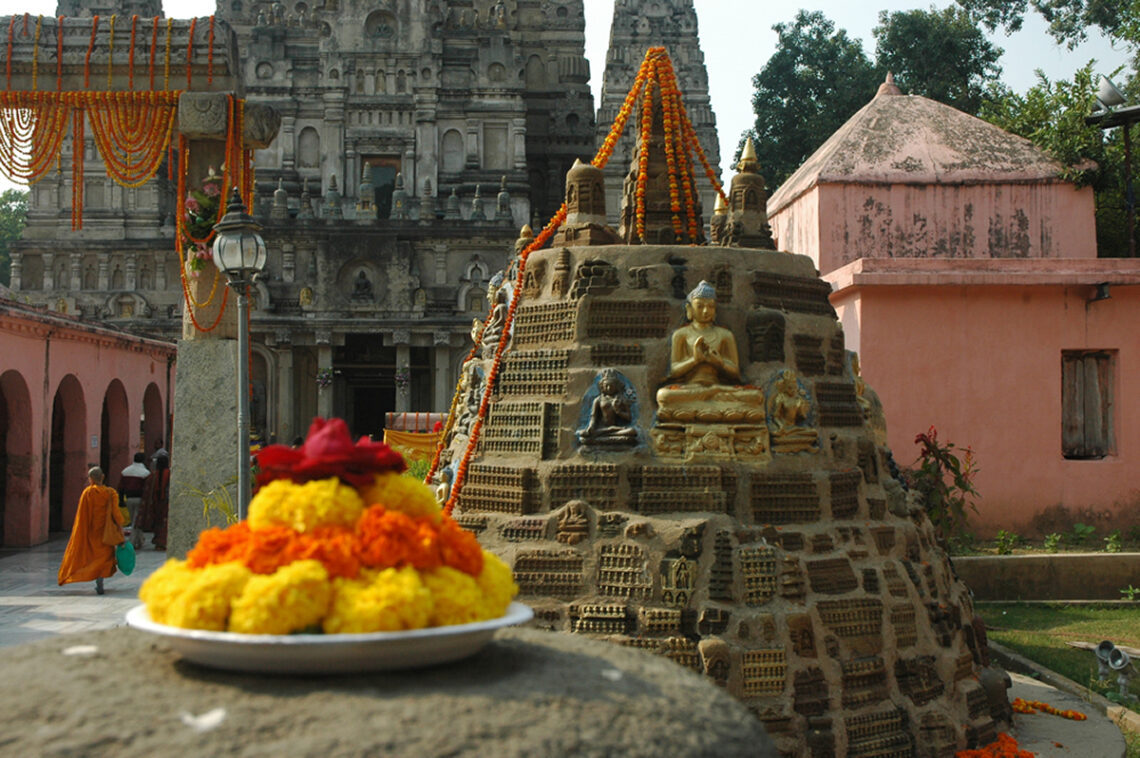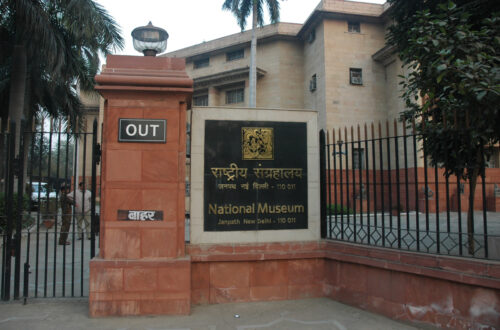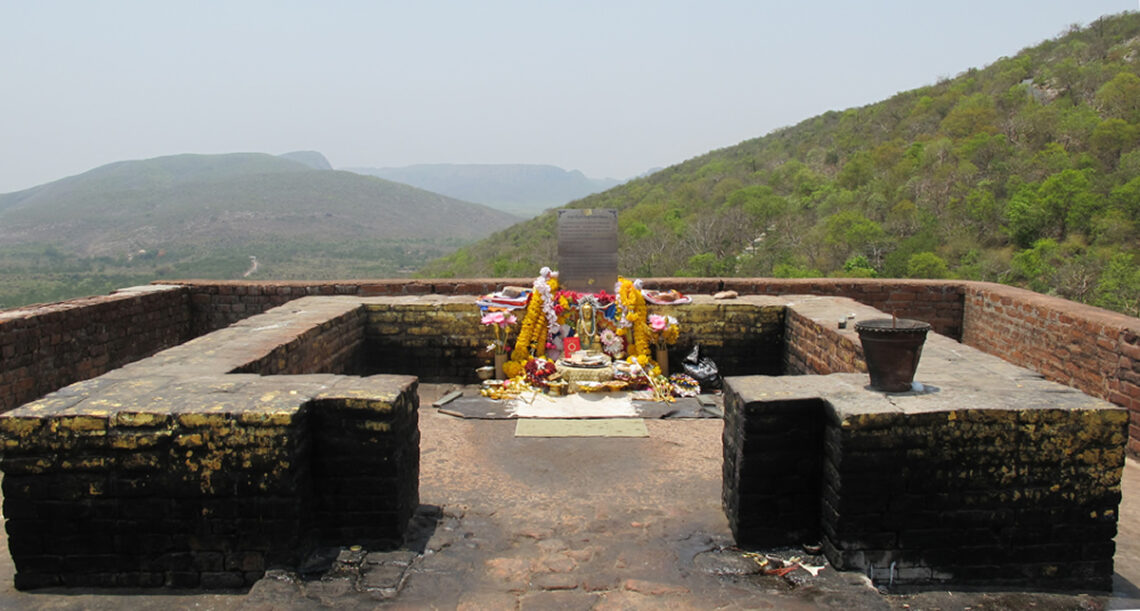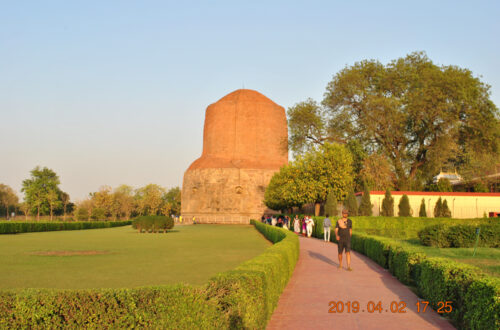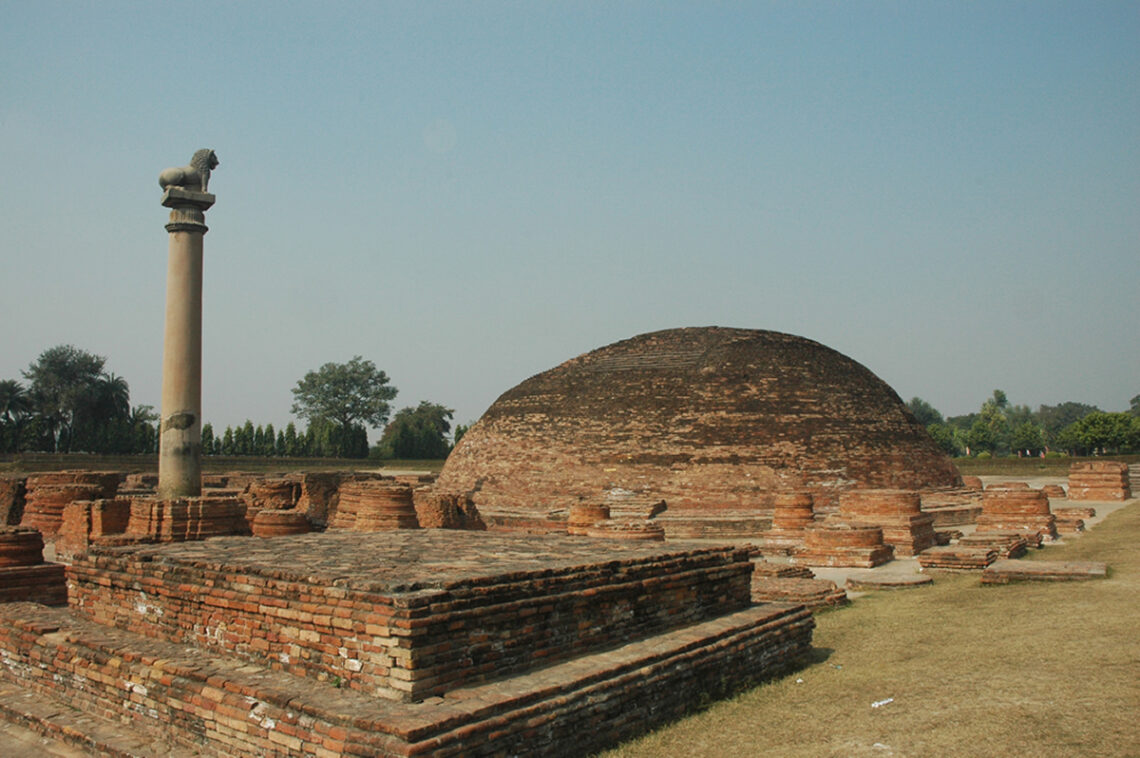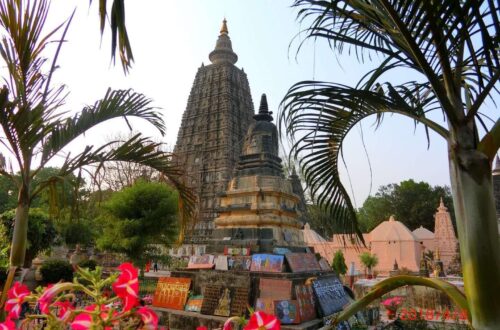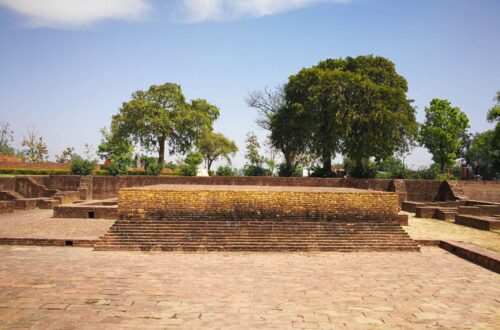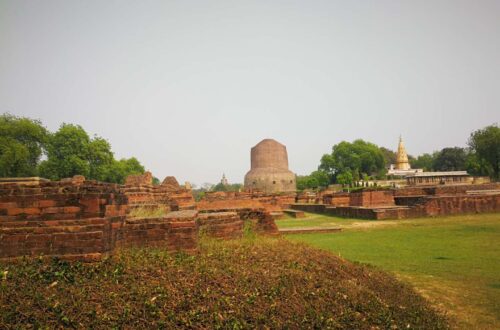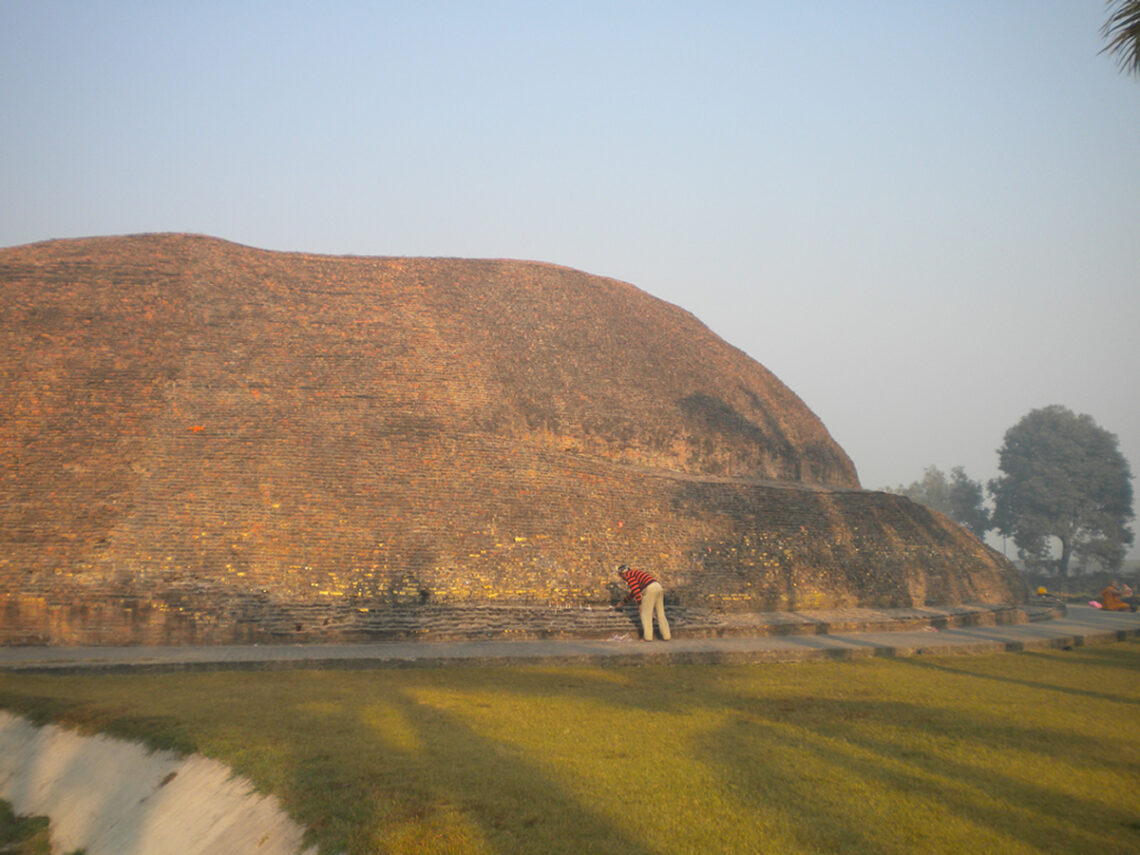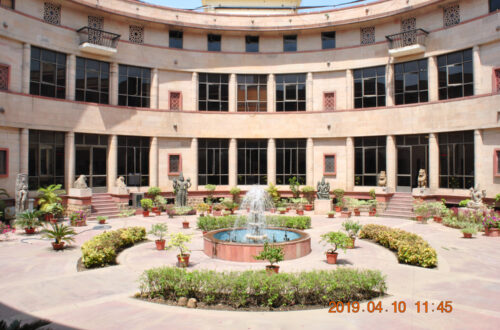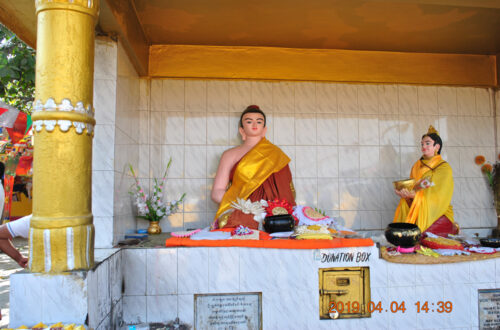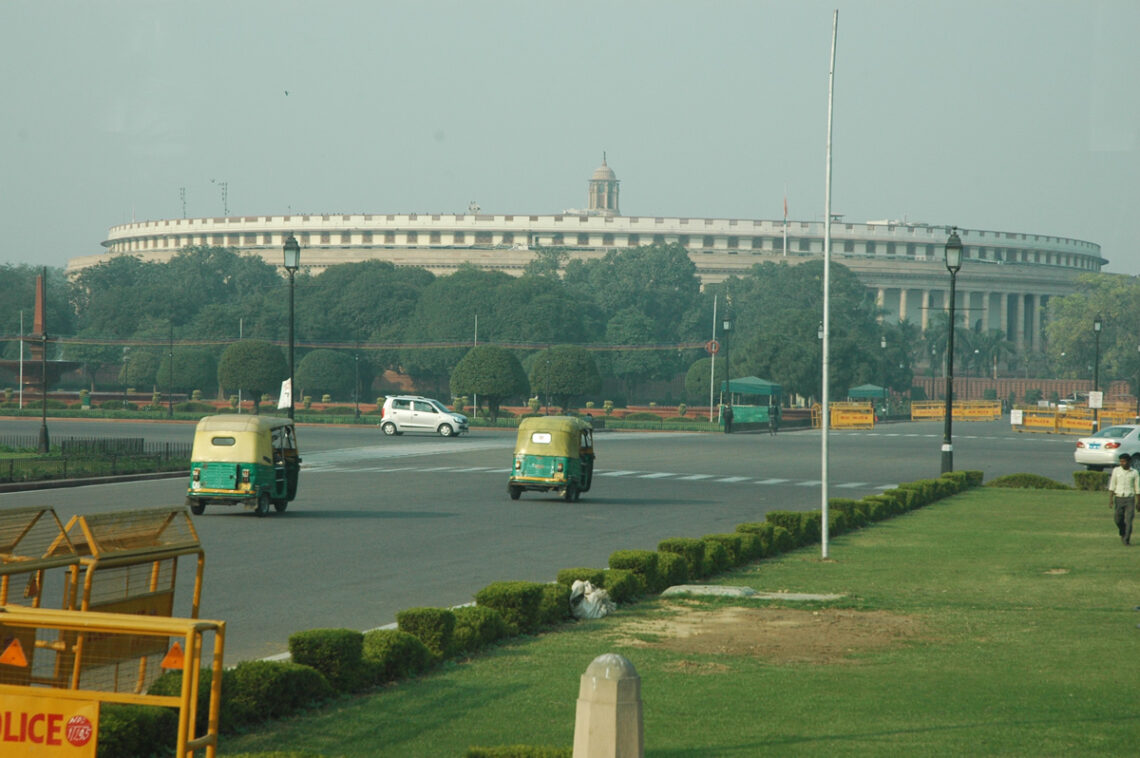Indian Pilgrimage Trip 5th
-
Day 1: Capital New Delhi – Varanasi
Travel Date: 2012-11-24 The Capital of India: New Delhi New Delhi is the capital of India, located in the northern part of the country within the National Capital Territory of Delhi (NCT of Delhi). As the political center of India, New Delhi is home to the central government, including the Presidential Residence, Prime Minister’s Office, Parliament House, and the Supreme Court. As a cultural and economic hub, New Delhi is rich in historical landmarks, museums, and iconic structures, such as the India Gate, Rashtrapati Bhavan (Presidential Residence), and the Lotus Temple. Known for its cultural diversity and thriving economy, New Delhi stands as one of the most significant metropolises in…
-
Day 2: Ganges River Sarnath Varanasi
Travel Date: November 25,2012 Varanasi Varanasi also known as Benares or Kashi, is one of the oldest cities in India and among the world’s most ancient continuously inhabited cities. Located on the western bank of the Ganges River in the Indian state of Uttar Pradesh, Varanasi is revered as the spiritual capital of India. It holds immense religious significance for Hindus, Buddhists, and Jains. 瓦拉纳西 瓦拉纳西也被称为贝拿勒斯或喀什,是印度最古老的城市之一,也是世界上最古老的连续有人居住的城市之一。瓦拉纳西位于印度北方邦恒河西岸,被尊为印度的精神之都。它对印度教徒、佛教徒和耆那教徒具有巨大的宗教意义。 Deer Park (Sarnath) The site of the Buddha’s first sermon, where he taught the Four Noble Truths and the Eightfold Path to the five ascetics, marking the founding of Buddhism. 鹿野苑 (Sarnath) 佛陀首次布道的地点,他在此向五位苦行僧宣讲四圣谛和八正道,标志着佛教的创立。 Post Views: 274
-
Day 3: Uruvela(Sujada)- Bodh Gaya – Pragbodhi Cave
Travel Date:November 26,2012 Uruvela(Sujada Village)The place where the Buddha practiced austerities and received Sujata’s offering, a turning point before his enlightenment. 优楼频螺村 (苏迦达村) 佛陀修苦行的地方,也是接受乳糜供养的重要地点。 Bodh GayaThe place of enlightenment. Prince Siddhartha attained supreme enlightenment under the Bodhi tree here, becoming Shakyamuni Buddha. 菩提伽耶 :佛陀成道之地,在此地悉达多太子于菩提树下证得无上正觉,成为释迦牟尼佛。 Pragbodhi Cave (Snow Mountain Dragon Cave) A legendary site associated with the Buddha’s meditation and encounters with mythical dragons, symbolizing wisdom and overcoming challenges. 雪山龙洞传说佛陀在苦行期间打坐的洞穴,象征佛陀的智慧和克服险阻的精神。 Post Views: 181
-
Day 4: Vulture Peak – Bamboo Grove Monastery – Nalanda
Travel Date:November 27, 2012 Vulture Peak (Gṛdhrakūṭa)A site where the Buddha delivered ,many sermons, including teachings from the Lotus Sutra. It symbolizes wisdom in Buddhism.灵山释迦牟尼佛多次在此讲经,例如:《法华经》等,这里被视为佛教智慧的象征地。 Bamboo Grove Monastery (Veluvana Vihara)The first monastery offered to the Buddha by King Bimbisara. It is historically the earliest Buddhist monastic institution. 竹林精舍 (Bamboo Grove Monastery)佛陀接受频婆娑罗王供养后建立,是佛教历史上的第一座寺院。 NalandaAn early center of Buddhist education, later developing into Nalanda University, which attracted many monks to study Buddhism. 那烂陀 (Nalanda)早期著名的佛教教育中心,后发展成那烂陀大学,吸引了许多僧人前来学习佛法。 Xuan Zang ( Hsuen Tsang ) Memorial玄奘纪念馆 Post Views: 470
-
Day 5: Vaisali – Kesariya Stupa
Travel Date: November 28, 2012 Vaishali Vaishali, located in present-day Bihar, India, is a significant sacred site in Buddhist history. It was an important place during the later years of Shakyamuni Buddha’s life, where he announced his impending parinirvana and engaged in several teachings and discussions on Dharma. Vaishali is also recognized as the site of the First Buddhist Council, marking the beginning of the systematic compilation of Buddhist scriptures. Additionally, it is one of the eight major Buddhist pilgrimage sites and is famous for the Ashokan pillar erected there, with its lion capital symbolizing the dissemination and stability of the Dharma. 吠舍离 Vaishali 是佛教历史中的重要圣地,位于今天的印度比哈尔邦。这里是释迦牟尼佛晚年活动的重要场所之一,佛陀在此宣布将不久入涅槃,并在这里进行过多次教义讨论和布道。Vaishali 还被认为是第一届佛教结集的地点,标志着佛教经典系统化的开始。此外,这里也是佛教八大圣地之一,以阿育王建造的石柱闻名,柱顶装饰着著名的狮子雕像,象征佛法的传播与稳定。 Kesariya Stupa Kesariya Stupa,…
-
Day 6:Kushinagar
Travel Date:November 29, 2012 Ramabhar Stupa The Ramabhar Stupa, located in Kushinagar, Uttar Pradesh, India, is a renowned Buddhist site. According to Buddhist scriptures, this stupa marks the place where Siddhartha Gautama, the Buddha, was cremated after attaining Mahaparinirvana. Following his cremation, the Buddha’s relics were distributed among eight kingdoms for veneration, and the Ramabhar Stupa is believed to be the exact location of the cremation.Standing approximately 15 meters tall, the stupa was historically a flourishing center for pilgrimage. The name “Ramabhar” may be derived from local traditions or geographical features. Today, it serves as an important pilgrimage site for Buddhists, attracting devotees and visitors from around the world.The Ramabhar…
-
Day 7: Lumbini – Kapilavastu
Travel Date: November 30, 2012 Lumbini Lumbini, located in southern Nepal, is the birthplace of Siddhartha Gautama, the Buddha, and one of the Four Great Buddhist Holy Sites. According to Buddhist scriptures, Buddha was born here in 623 BCE under a sal tree while Queen Maya was strolling in the garden. Lumbini holds immense religious and historical significance as the origin of Buddhist faith.Key attractions in Lumbini include:Maya Devi Temple,Ashoka Pilla,Sacred Pond.Lumbini is recognized as a UNESCO World Heritage Site, drawing countless Buddhist devotees and visitors for pilgrimage and reflection. It stands as a vital symbol of global Buddhist culture. 蓝毗尼 蓝毗尼(Lumbini)位于现今尼泊尔南部,是释迦牟尼佛的诞生地,也是佛教的四大圣地之一。根据佛教经典记载,公元前623年,释迦牟尼佛在此诞生于摩耶夫人游园时所靠近的一棵娑罗树下。蓝毗尼因佛陀的诞生而成为佛教信仰的发源地,拥有极高的宗教和历史价值。蓝毗尼的主要景点包括:摩耶夫人庙、阿育王石柱、圣池。蓝毗尼现已被联合国教科文组织列为世界文化遗产,吸引着无数佛教信徒和游客前来朝圣与瞻仰,是世界佛教文化的重要象征之一。 Kapilavastu Kapilavastu, an ancient city in northern India(Located…
-
Day 8:Jetavana Monastery
Travel Date:December 1, 2012 Jetavana Monastery Jetavana Monastery, formally known as Jetavana Anathapindika Arama, was the first officially established Buddhist monastic community in history. Located in the ancient city of Shravasti (present-day Uttar Pradesh, India), it was built on land purchased by the wealthy benefactor Anathapindika (Sudatta) from Prince Jeta, hence its name. Jetavana Monastery was one of the most frequented and long-lasting places where Buddha taught, with many significant scriptures, such as the Diamond Sutra and Lotus Sutra, being expounded here. Jetavana served not only as a residence and teaching center for Buddha but also as a crucial base for the Sangha to practice, observe monastic discipline, and spread…
-
Day 9:National Museum of India
Travel Date:December 2, 2012 National Museum of India The National Museum of India, located in New Delhi, is one of the largest and most significant museums in India. Established in 1949, the museum houses an extensive collection of artifacts and artworks spanning from prehistoric times to the modern era, showcasing India’s rich history, culture, religion, and art. Key exhibits include:1. Buddhist Artifacts: Displays of Buddha statues, stupa models, and significant relics related to the spread of Buddhism.2. Harappan Civilization Artifacts: Items and carvings from the Indus Valley Civilization, reflecting the splendor of ancient Indian culture.3. Classical Indian Art: A collection of exquisite sculptures, paintings, textiles, and rare manuscripts.The National Museum…
-
Day 10: The Capital of India – New Delhi
Travel Date: December 3, 2012 The Capital of India: New Delhi New Delhi is the capital of India, located in the northern part of the country within the National Capital Territory of Delhi (NCT of Delhi). As the political center of India, New Delhi is home to the central government, including the Presidential Residence, Prime Minister’s Office, Parliament House, and the Supreme Court. New Delhi was planned and constructed in 1911 by the British colonial government to replace Kolkata as the capital of India. The city was designed by British architects Edwin Lutyens and Herbert Baker, blending European classical architectural styles with traditional Indian elements. As a cultural and economic…
